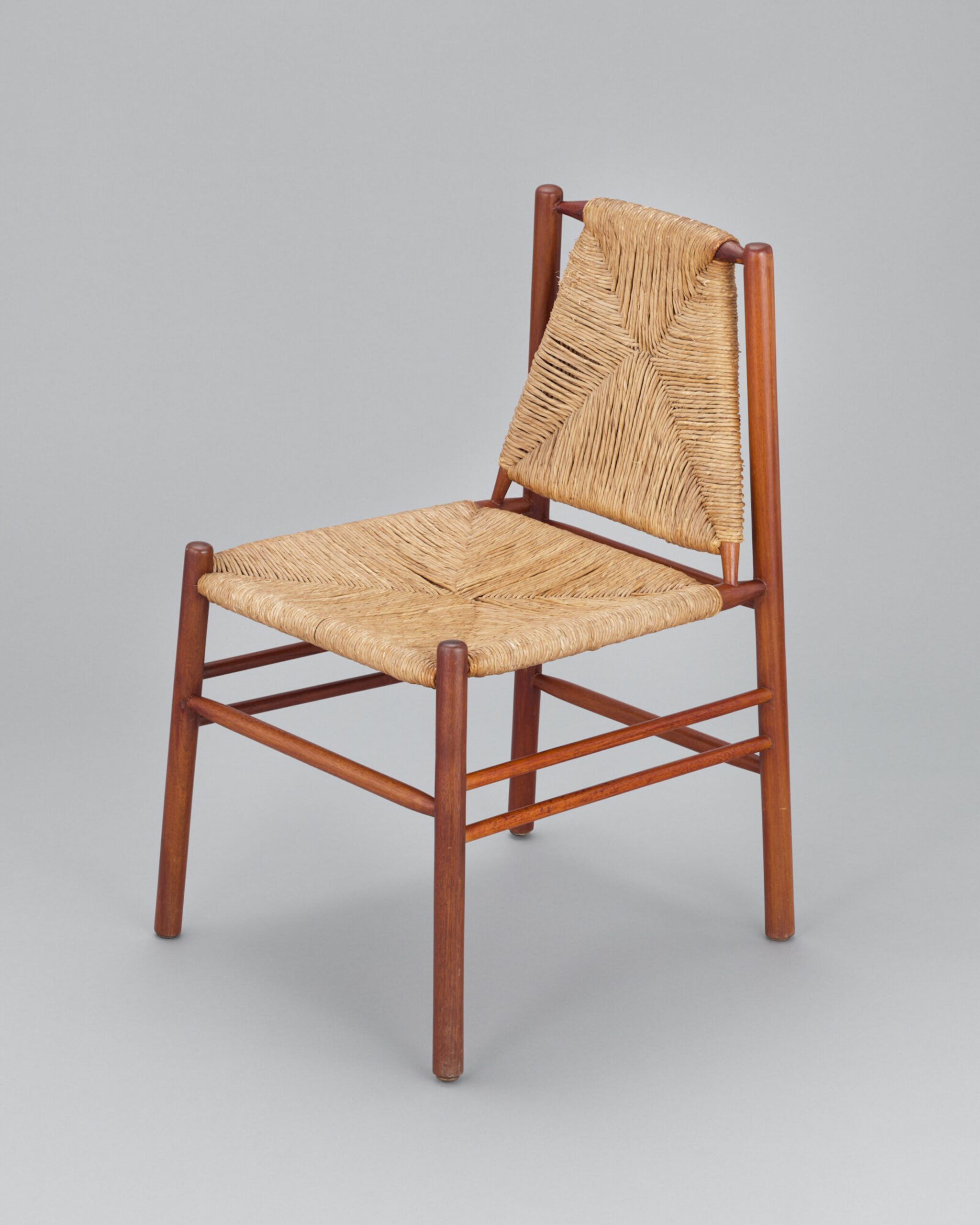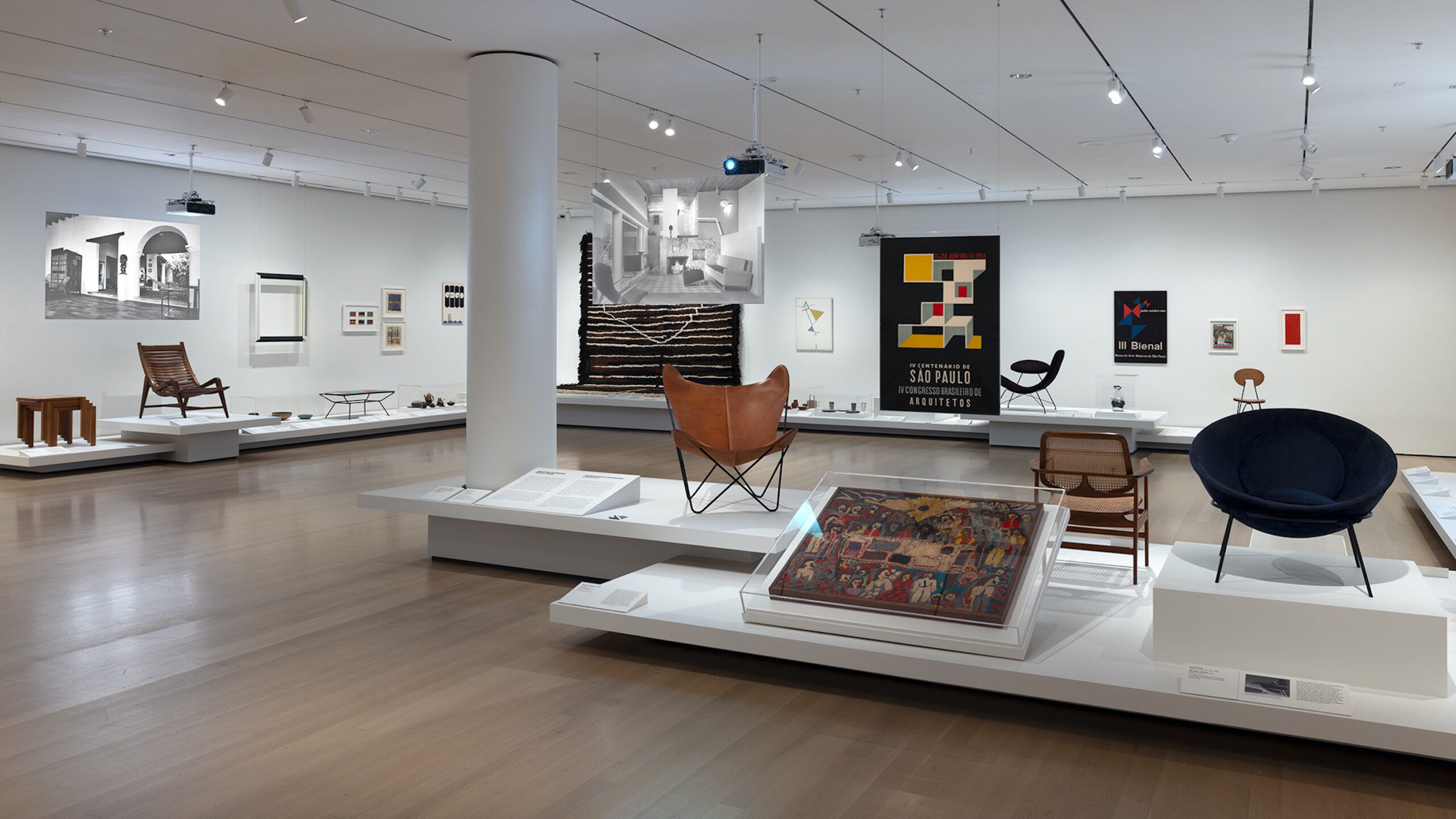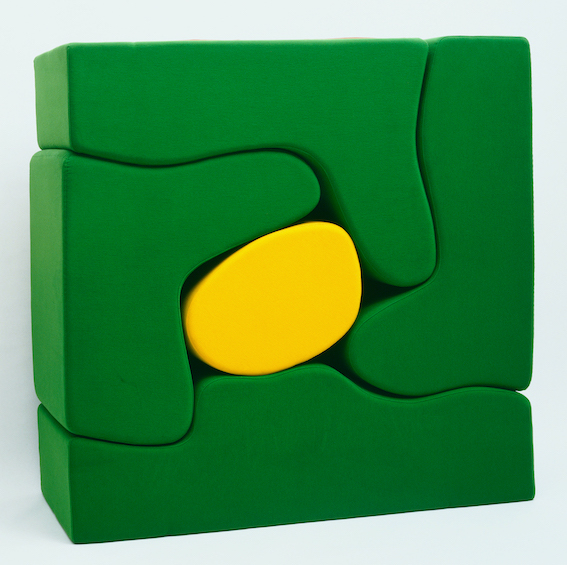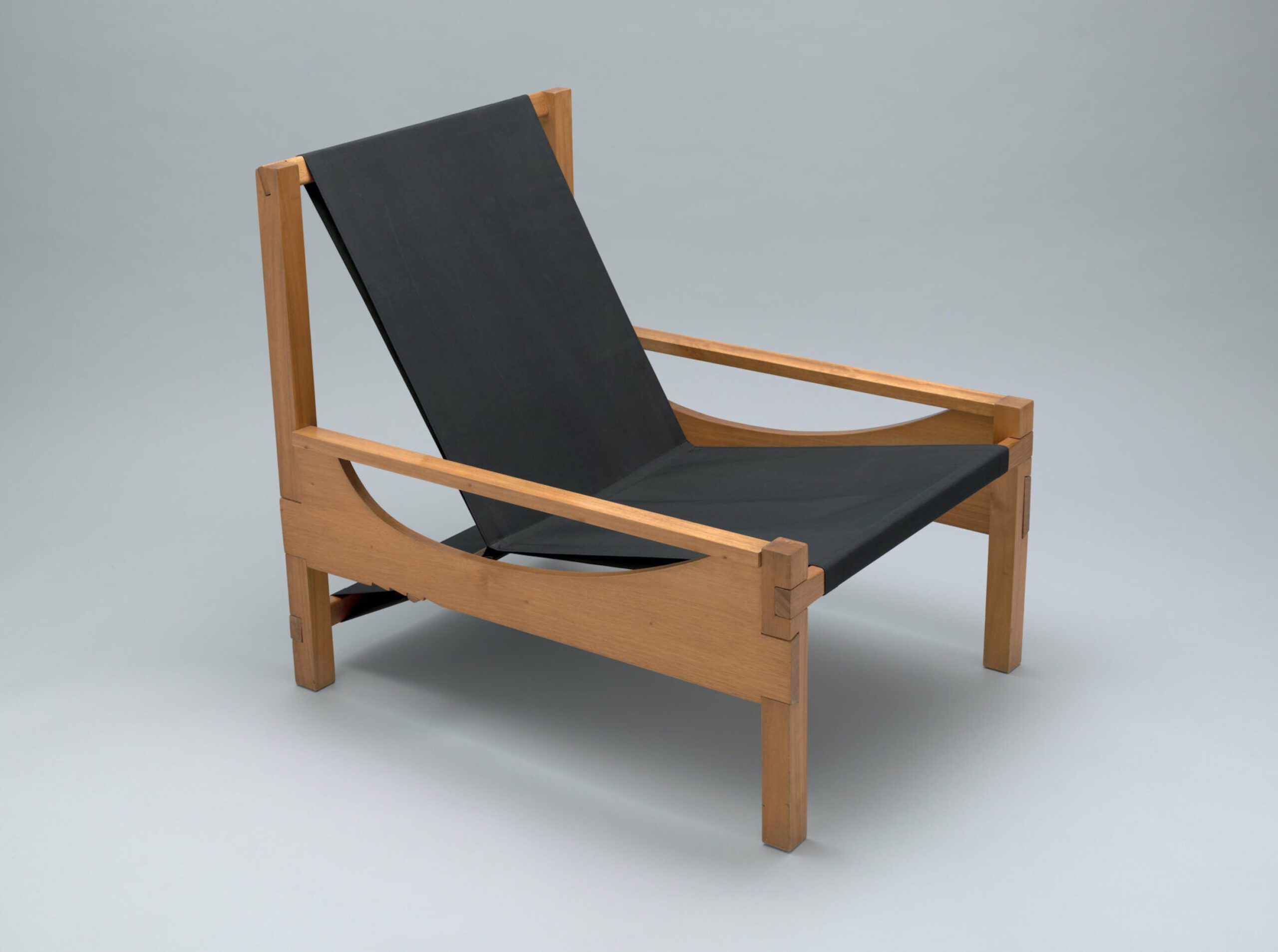Meet Ana Elena Mallet, a freelance curator, specializing in modern and contemporary design and cultural management, who has done a great job highlighting Modern Latin American design for many years. Her most recent work, in collaboration with The Museum of Modern Art (MoMA), is the exhibition Crafting Modernity: Design in Latin America, 1940-1980.
Enlarge
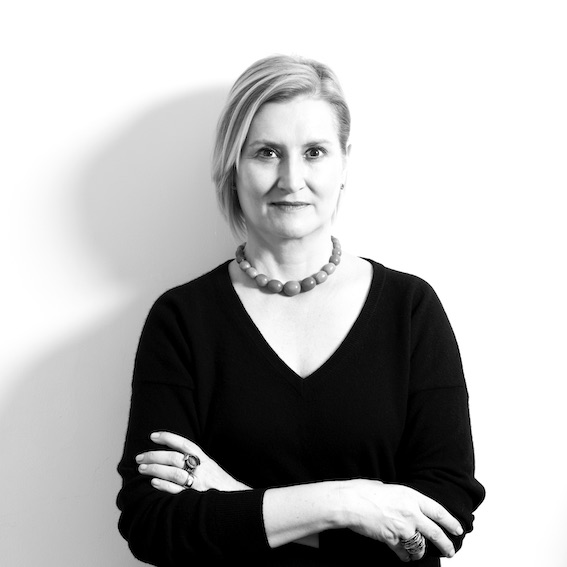
Photos by Fernanda Roel
Who is Ana Elena Mallet? Define yourself
I am a cultural agent living and working in Mexico City.
You received a BA in Latin American literature from the Universidad Iberoamericana and a complementary degree in Art and Museology, why did you choose those courses of study?
I wanted to work in the arts and culture world.
You are an independent curator based in Mexico City. You specialize in modern and contemporary design. How did your career in art start?
When I finished College I did my social service (professional practices) at Tamayo Museum and I decided I wanted to work in Museums and for museums.
You were the Curator of the exhibition Clara Porset: Design and Thought, Jumex Museum, Mexico City (2020). You were the curatorial advisor of the exhibitions: On a cloud, On a wall, in a chair. Six modernists in Mexico in the mid-twentieth century (2019) and Found in Translation. Design in California and Mexico, 1915-1985 (2017). Co-curated the US-Mexico Border project. Place, Imagination, and Possibility (2017-2018) among others, what have you learned over the years and from so many exhibitions in which you have participated?
That there is always something to learn and someone to learn from.
What is art and design for you? What is its impact on society?
For me, Art and Design are what I live and breathe. Art and Design make better citizens and help humans to have more critical thinking.
“Art and Design make better citizens and help humans to have more critical thinking”
What has been the exhibition you have liked most or enjoyed most in your career as an art curator? And why?
Every exhibition is a joy and a challenge. The one I enjoy the most is always the one that is coming.
You are an art Curator, art critic, writer, a distinguished teacher at the School of Architecture, Art and Design of the Technological of Monterrey, also you are the first Mexican to curate a Latin American design exhibition at MoMA, what is the recipe for your success?
Always do things that make me happy and help me to learn more things about the world we live in, its history, and the history of the objects of this world.
Now let's talk about the exhibition: Crafting Modernity: Design in Latin America, 1940–1980, the first exhibition by a major American museum (MOMA) to examine modern design in the region on a broad scale. Where did this idea come from? How was the approach between you and the MOMA?
Martino Stierli the Chief Curator at the Architecture and Design Department at MoMA invited me to do a show, and I propose Crafting Modernity. Then, I started working with Amanda Forment, a Curatorial Assistant at MoMA, and it was an amazing ride.
What were the ups and downs of this exhibition?
Never downs! Everything was exciting and joyful…I worked a lot, like no other project in my career but it was worth it.
In your opinion, what is the role Latin American design plays in the world?
I think it is still to be discovered. However, Latin America offers a unique design vision that relates to its cultural heritage, craft traditions, and local materials.
Can you elaborate on your books: Silla Mexicana (2017) and La Bauhaus y el México Moderno. The design of van Beuren (2014). What are they about and where can people get them?
“Try to work with good, engaging, and generous people. That has always worked”
Both of them are unfortunately out of print. Silla Mexicana is a timeline of Chairs designed in Mexico since 1900 and La Bauhaus y el México Moderno. The design of van Beuren (2014) is the life and work of Michael van Beuren, an American designer who studied at the Bauhaus School and came to Mexico in 1936 to open the first Industrial Design factory in the country.
What does a normal workday look like for you?
Every day is different. Being a freelance curator brings a lot of incertitude and interesting situations, so days are never the same. I also teach, so every Monday, I drive to Xochimilco to the campus of Tec de Monterrey where I spend 3 to 5 hours, and then back home to Condesa.
What do you love most about your job? & what is the most difficult part?
Working with interesting knowledgeable people. The most difficult thing is when you finish a project not knowing what comes next.
What is one strategy that has helped you to grow in your art career?
Be curious. Always ask.
Do you have a book, podcast, or talk that’s had a deep impact on your thinking?
- Virginia Woolf´s Orlando was a game-changer
- And I love the podcast Design Emergency and Design Matters
Do you have any particular philosophy that guides your career decisions?
Try to work with good, engaging, and generous people. That has always worked.
“I do think women can have it all. It is a matter of organization and having an empathetic circle of friends and family that will help in difficult times”
Do you have any artist that is your favorite that inspires you? If yes, who and why?
I love Clara Porset her work and philosophy. Designers inspire me more than artists.
Does your house look like an art gallery? If yes, what artists are included?
Not really. I have Design and Folk Art, but not really Art.
What do you like to do in your spare time?
I like to visit museums and exhibitions. I love to read and watch documentaries.
Many authors say women can and must strive to have everything – a shining career, a blossoming family life, and a perfectly balanced lifestyle all at once, others point out that women are placing unrealistic expectations on themselves if they believe they can have it all, I don´t know if you are married and have kids, so according to your experience, what do you think about these statements?
I was married once. I do not have kids, but I have a partner now, and I have two beautiful dogs, Lina and Lucy…I do think women can have it all. It is a matter of organization and having an empathetic circle of friends and family that will help in difficult times.
What are your plans for the future?
I want to develop meaningful projects for Latin American designs and audience projects that make me happy and help me learn new things.
There is still a glass ceiling for women in the world: Fewer opportunities, jobs underpaid just for the fact of being a woman, etc. Have you experimented with the glass ceiling? If yes, what are the biggest challenges you have faced and how have you overcome them?
Women are still far behind, especially in Latin American countries. I think the younger generations are helping us (older generations) understand different situations that we took for granted. I do believe there are many challenges. We have to be open to change and learn new ways of doing things.
What tips can you give to young girls who want to become an art curator like you?
Study a lot. Read a lot, See a lot. Learn from older, wiser people, be curious, and ask questions.
I think in your position, many people may have the wrong idea of who you are, and what do you (professionally), do with this idea in mind, what is being Ana Elena Mallet and what's not?
What a difficult question, I am as, I said before, a cultural agent. I deal with culture in all its forms and avenues. I am curious, and I find beauty in almost everything.
Who is the woman you admire the most, and why?
Clara Porset, a designer who overcame exile and made design her everyday battle.
Enlarge
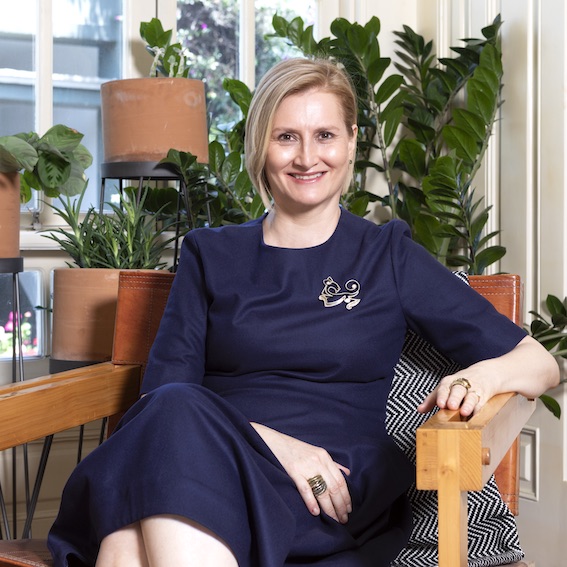
Photos by Fernanda Roel
Name: Ana Elena Mallet
Sector: Art
Designation: Design Curator
Country: Mexico
Social media:

